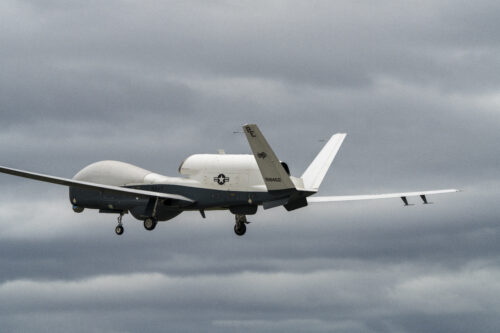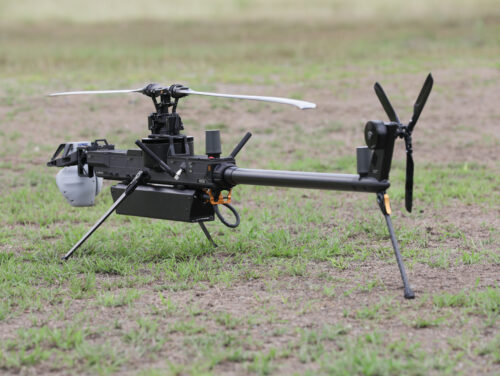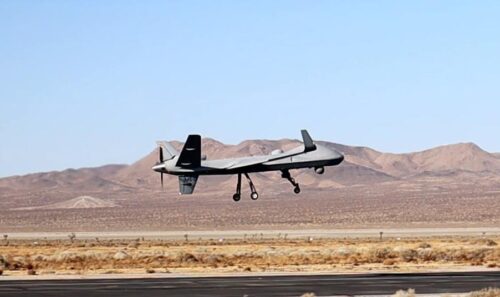The United States military will deploy several MQ-4C Triton surveillance drones to Kadena Air Base in Okinawa Prefecture for an indefinite period, Japanese defense officials announced Apr. 8. The unmanned aircraft are expected to begin operations within weeks, following a previous temporary deployment last year from May to October.

Squadron 19 (VUP-19) departs Marine Corp Air Station
Iwakuni, Japan, Oct. 5, 2022. Due to its geographic
location and co-located airfield and harbor, MCAS
Iwakuni is uniquely postured to provide advanced naval
integration in support of regional security. (U.S. Marine
Corps photo by Cpl. Mitchell Austin)
Continue reading “U.S. to deploy MQ-4C in Japan for indefinite period”

